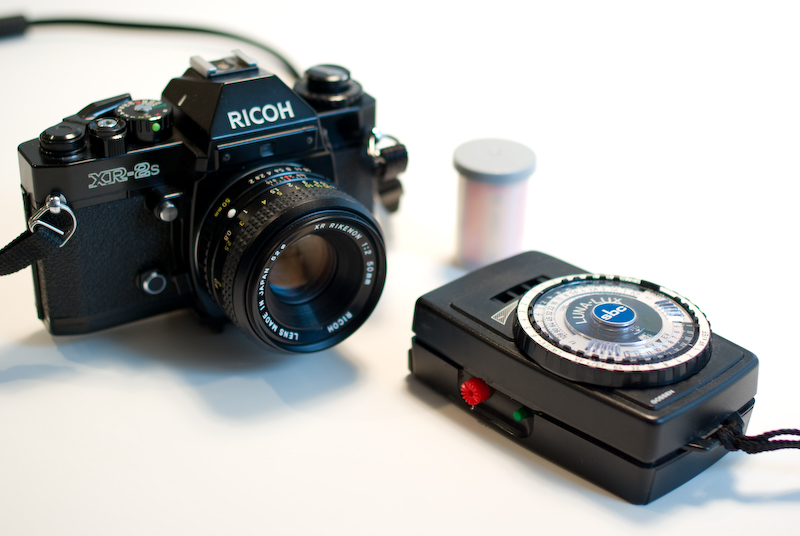Thanks for the feedback everyone. It really helped.
I shot a local state fair and used the Nikon FE2 to meter each shot. I'm going to drop off the film today so we'll see how it turned out.
It seemed to work ok, but it was a bit cumbersome. The Bronica, my bag, lenses, film backs, etc. were all in the mix, so having the Nikon around my neck just to meter was another item to keep up with.
The next day I ordered a used Sekonic L-208 off Amazon and shot a few rolls the day it arrived (will drop those off today as well)
Once again, seemed to work fine, certainly less cumbersome. But like some mentioned, the build isn't great. Glad I didn't buy new at full price.
Over all it should suit my needs for the time being.
I'll worry about getting one with more features when I graduate to flashes, strobes, etc.
The two biggest issues I have are remembering which way to point it for a reading, and remembering to adjust the ISO on the meter when I switch film backs.
Both I kept screwing up.



 Similar Threads
Similar Threads 























